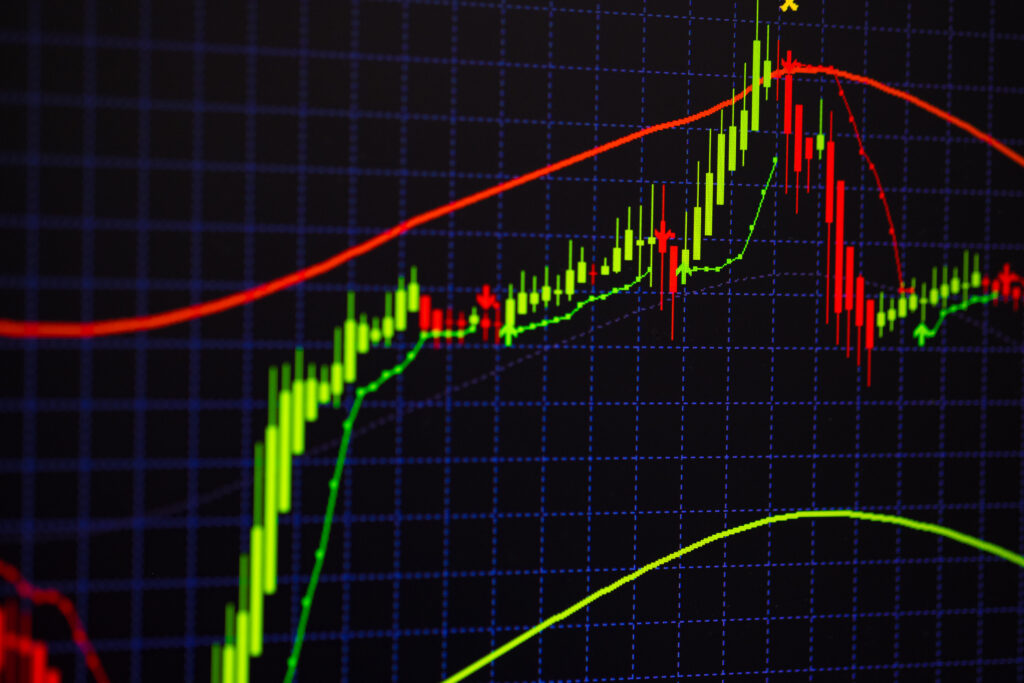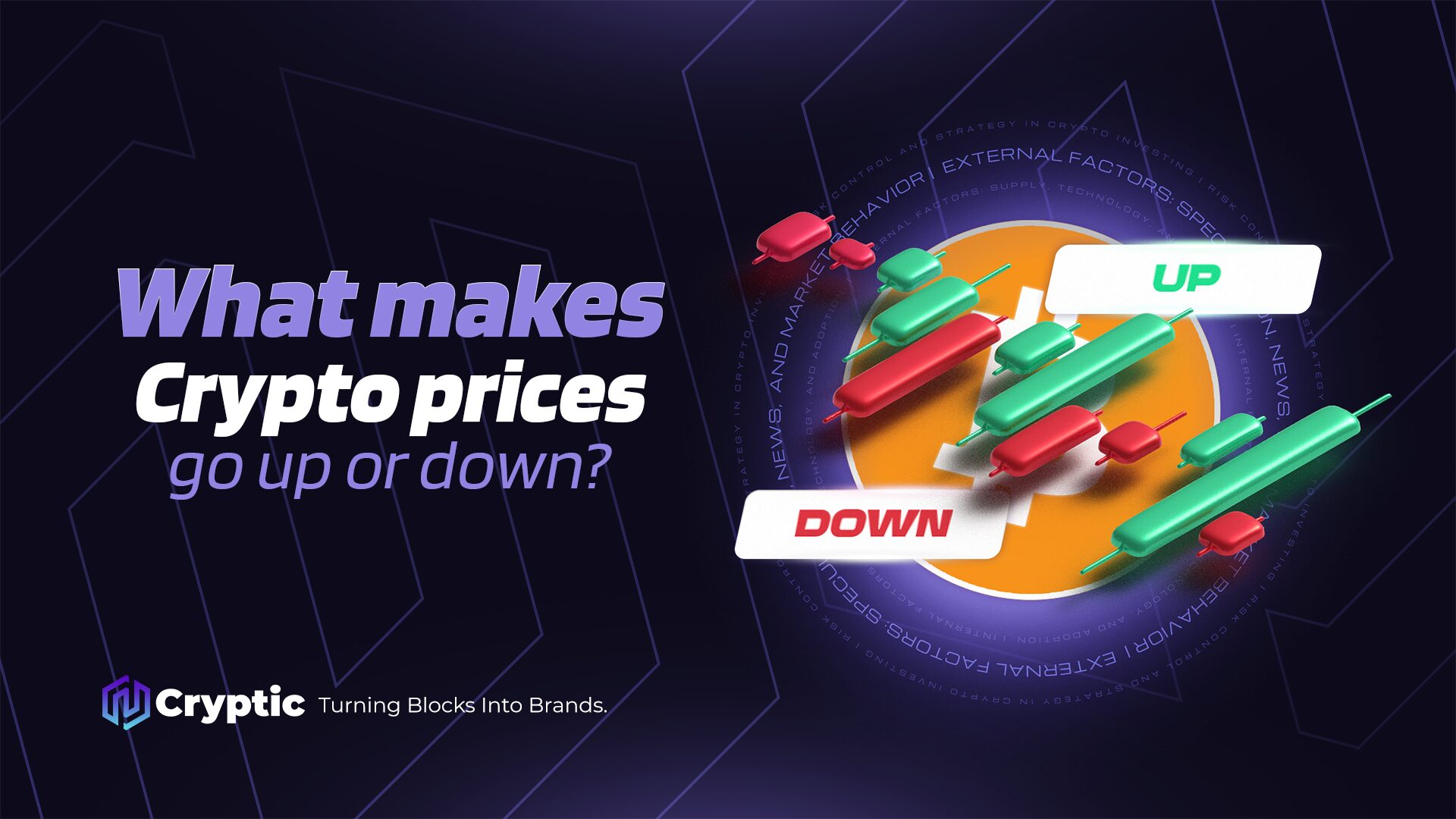The prices of cryptocurrencies are known for their high volatility, often experiencing sharp rises and steep declines within short periods. This unpredictability stems from a unique combination of factors that differ significantly from traditional financial markets. Understanding what drives these price fluctuations is essential for anyone looking to navigate the crypto space with more confidence and make informed investment decisions. In this article, we will explore the main reasons behind the volatile nature of crypto prices and what influences their movements up and down.
Internal factors: supply, technology, and adoption.

Several internal factors play a crucial role in shaping the price of cryptocurrencies. One of the most significant is supply, which for many digital assets is fixed or capped. Bitcoin, for example, has a maximum supply of 21 million coins. This scarcity creates inherent value, especially as demand grows, often pushing prices upward. When new tokens are introduced or mined at slower rates, this limited availability can intensify price movements. Technological innovation also impacts prices significantly. Advances in blockchain protocols, upgrades to networks, and the development of new features can increase a cryptocurrency’s utility and appeal. Projects that demonstrate real-world use cases or improvements in security, scalability, and speed tend to attract more investors, driving up demand and price.
Another key element is adoption, both by everyday users and institutional players. The broader the acceptance and use of a cryptocurrency, the stronger its position in the market. Growing merchant acceptance, integration into financial services, and adoption by institutional investors lend legitimacy and encourage confidence, often resulting in price appreciation.
However, these internal factors don’t operate in isolation. They interact with market sentiment and external events, sometimes amplifying price swings. For instance, a promising technological upgrade might coincide with a surge in user interest or institutional backing, creating momentum that pushes the price higher. Understanding these dynamics is essential to grasp why prices can change rapidly within the crypto space.
External factors: speculation, news, and market behavior.

Moreover, broader macroeconomic events impact cryptocurrency demand. Factors like inflation rates, monetary policies, geopolitical tensions, and global economic shifts alter investors’ risk appetite and asset allocation decisions. In times of economic uncertainty, some may turn to cryptocurrencies as alternative stores of value, while others might reduce exposure due to risk aversion, causing prices to fluctuate accordingly.
Risk control and strategy in crypto investing
Understanding what drives cryptocurrency prices is essential for anyone looking to navigate this volatile market with greater confidence. By recognizing both internal factors, such as limited supply, technological advancements, and growing adoption and external influences like speculation, market sentiment, regulatory changes, and macroeconomic events, investors can develop a clearer picture of price movements. This knowledge empowers investors to make more informed decisions, avoiding impulsive reactions to short-term volatility. It also highlights the importance of risk management strategies, including diversification and position sizing, to protect capital during unpredictable swings. Moreover, a long-term perspective is crucial in crypto investing, as it allows investors to weather market cycles and benefit from underlying technological progress and increasing adoption. Ultimately, by integrating a thorough understanding of these factors into their approach, investors can enhance their ability to identify opportunities, minimize losses, and build sustainable portfolios aligned with their financial goals. This disciplined mindset helps turn the challenges of crypto’s volatility into potential advantages, fostering more consistent and thoughtful investment outcomes over time.



